Moles
It is always a good idea to monitor any changes in a mole, or the appearance of a new mole, and bring them to the attention of one of our trusted dermatologists.
The dermatologists and skin experts at Dermatology Affiliates treat moles by carefully examining them to assess any signs of irregularity or changes. During your skin check, they will provide you with guidance on sun protection to prevent new moles from developing. Learn more about moles below and schedule your skin check with one of our providers today.
Examples of Moles
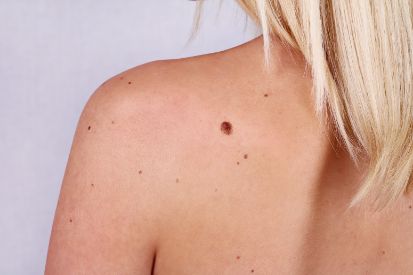

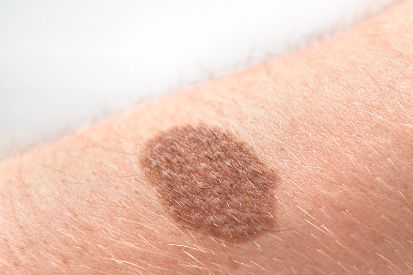
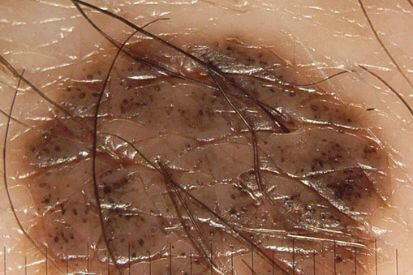

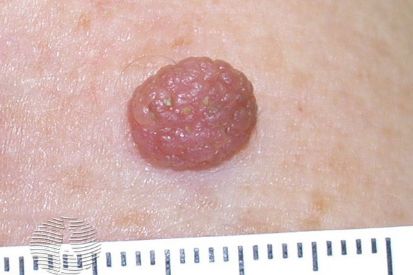
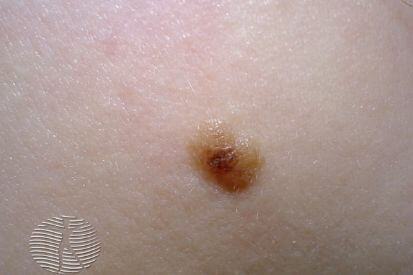

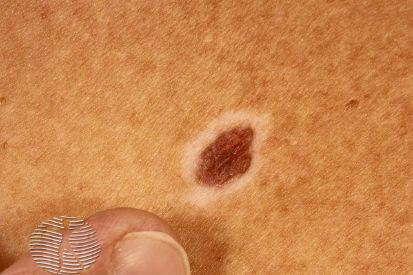
What are the Symptoms of Moles?
- Moles can be either raised or flat.
- The surface of the mole can be smooth or wrinkled and some may contain hair.
- Though generally brown or flesh-colored, moles may also appear tan, black, red or blue.
- As the body ages, moles may lighten in color, flat moles may become raised, and some moles may disappear.
Causes of Moles
- Genetics (Family History): Our genetic code significantly influences mole development.
- Sun Exposure: Spending time under the sun contributes to the appearance of moles.
- Hormonal Changes: Life events like pregnancy, marked by hormonal fluctuations, can influence the number of moles.
- Age: As we age, our skin accumulates more moles.
How to Prevent Moles
- Sun Protection: Shielding your skin from excessive sun exposure is crucial. Make sunscreen with at least SPF 30 a daily habit, even on cloudy days. Wear protective clothing, like hats and long sleeves, and seek shade during peak sunlight hours.
- Avoid Tanning Beds: Artificial tanning methods, such as tanning beds, can contribute to the development of moles. Opt for sunless tanning lotions or sprays as a safer alternative if you desire a sun-kissed glow.
- Regular Skin Checks: Keep an eye on your skin and monitor any changes in moles. If you notice alterations in size, shape, or color, or if new moles appear, consult one of our trusted skincare specialists promptly. Early detection can be crucial in preventing potential issues.
- Avoid Hormonal Fluctuations: While some hormonal changes are natural and inevitable, minimizing exposure to unnecessary hormonal fluctuations, such as those caused by certain medications, can be beneficial.
Moles FAQs
Monitor your moles for any changes in size, shape, or color, as well as any signs of itching or bleeding. If you observe any alterations, it's important to consult a dermatologist. Regular self-examinations are key for early detection and effective management.
Although most moles are benign, any changes in their appearance may indicate skin cancer, such as melanoma. Regular total body skin exams performed by a dermatology professional are important for detecting these changes early, when treatment options are most effective.
Protecting your moles from the sun is essential. Apply sunscreen regularly, wear protective clothing, and stay in the shade to avoid sun damage. Since moles are particularly sensitive to UV rays, these sun safety measures are vital for their health.
Developing new moles, particularly during childhood and adolescence, is quite common. However, if you observe any quick changes or have concerns, schedule an appointment with your a dermatologist, as early detection in skin cancer is key.
From our QualDerm Family of Brands: Total Body Skin Exams Explained By Audrey Moxie, PA-C
How to Treat Moles
Our team of dermatology providers can assess the mole's characteristics, considering factors such as size, shape, and color, to determine the most suitable course of action. Professional evaluation is especially vital when dealing with moles that exhibit irregularities or changes over time. Therefore, if you notice any changes in your moles or have specific cosmetic or discomfort-related concerns, consulting your dermatologist is a proactive step toward gaining healthy skin.
Featured Blogs
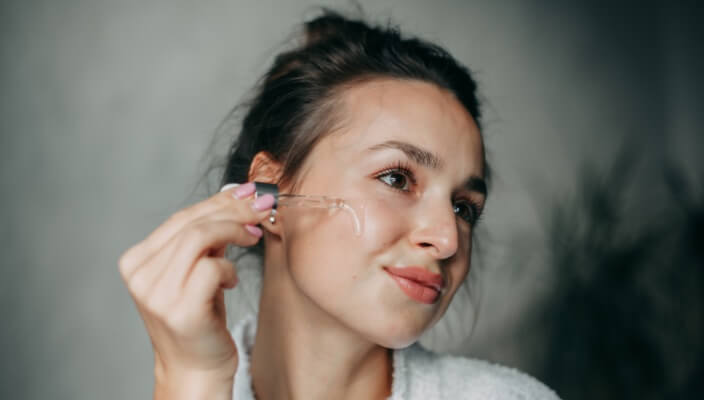
- Skin Care
- Botox
- Cosmetic Treatments
Retiniods are proven to combat fine lines, brown spots and improve texture, “tret” has been shown to enhance collagen production, even skin tone, unclog pores, and smooth skin texture.
Read More
- Skin Cancer
- General Dermatology
- Sun Safety
A person will get sunburned from spending time outside without sunscreen and sun-protective clothing. Read to learn more about the dangerous effects of sunburn.
Read More
- Sun Safety
- Skin Care
- Cosmetic Treatments
These are the years where all of one's hard work pays off. They are hopefully applying a daily sunscreen, antioxidant, retinol, or other collagen booster. In addition to those products, they are also using focused treatments for their eyes and neck, as well as utilizing growth factors or peptides.
Read MoreFeatured Products
Check your local office for current stock!
Check your local office for current stock!


